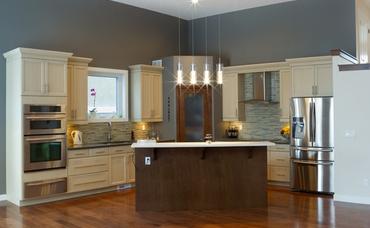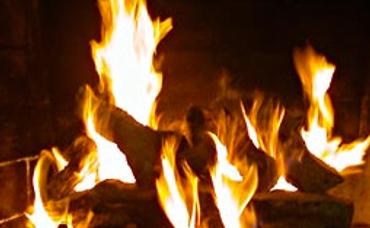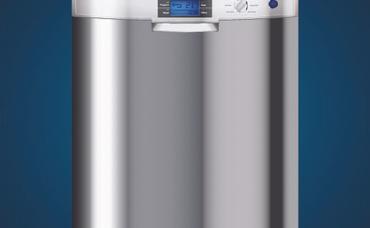Attending home inspections with my buyers has made me look at my house through their eyes. What would a prospective buyer have to say about my electrical wiring, air conditioning system or my chimney? Would my house be “inspection-ready” if I were to put it on the market?
Kirt Thoren of Thoren Restorations (www.thorenrestorations.com) came by last week to take a look at my chimney and flues. I spoke with Kirt for a bit about the importance of periodic inspection and maintenance of chimneys. This is a safety issue because improper maintenance increases the risk of carbon monoxide poisoning and chimney fires. If you haven’t checked out your chimney in a while I recommend getting this taken care of before the season is well underway.
When Kirk inspects a chimney he is looking to see if:
* there are any cracks or voids in the flue lining or fire box
* there is creosote build-up on the flue lining
* the exterior masonry of the chimney is in good condition and the chimney cap securely attached
* the damper is functioning properly
* the flues for both the fireplace and boiler/furnace are properly vented and unobstructed
Here are some key things Kirt asked me to pass along to you:
* The frequency with which you need chimney cleaning/service is based on what type of fuel you are burning and how frequently you use your fireplace.
* If your house tends to smell like a fireplace on damp days, if you see discolorations from smoke on your mantle or if you see black creosote in the flue lining when you look up inside the fireplace with a flashlight you are probably due for a checkup/cleaning.
* Make sure your chimney cap is in place at the top of your chimney. It prevents moisture from getting inside the flue which can degrade it. It can also stop leaves and animals from getting inside.
* Use your fireplace at least 3 times a year to thoroughly dry the fireplace flue.
Give Thoren Restorations or your regular chimney service a call and keep your home safe and in “inspection ready” condition.




 By submitting information, I am providing my express written consent to be contacted by representatives of this website through a live agent, artificial or prerecorded voice, and automated SMS text at my residential or cellular number, dialed manually or by autodialer, by email, and mail.
By submitting information, I am providing my express written consent to be contacted by representatives of this website through a live agent, artificial or prerecorded voice, and automated SMS text at my residential or cellular number, dialed manually or by autodialer, by email, and mail.
